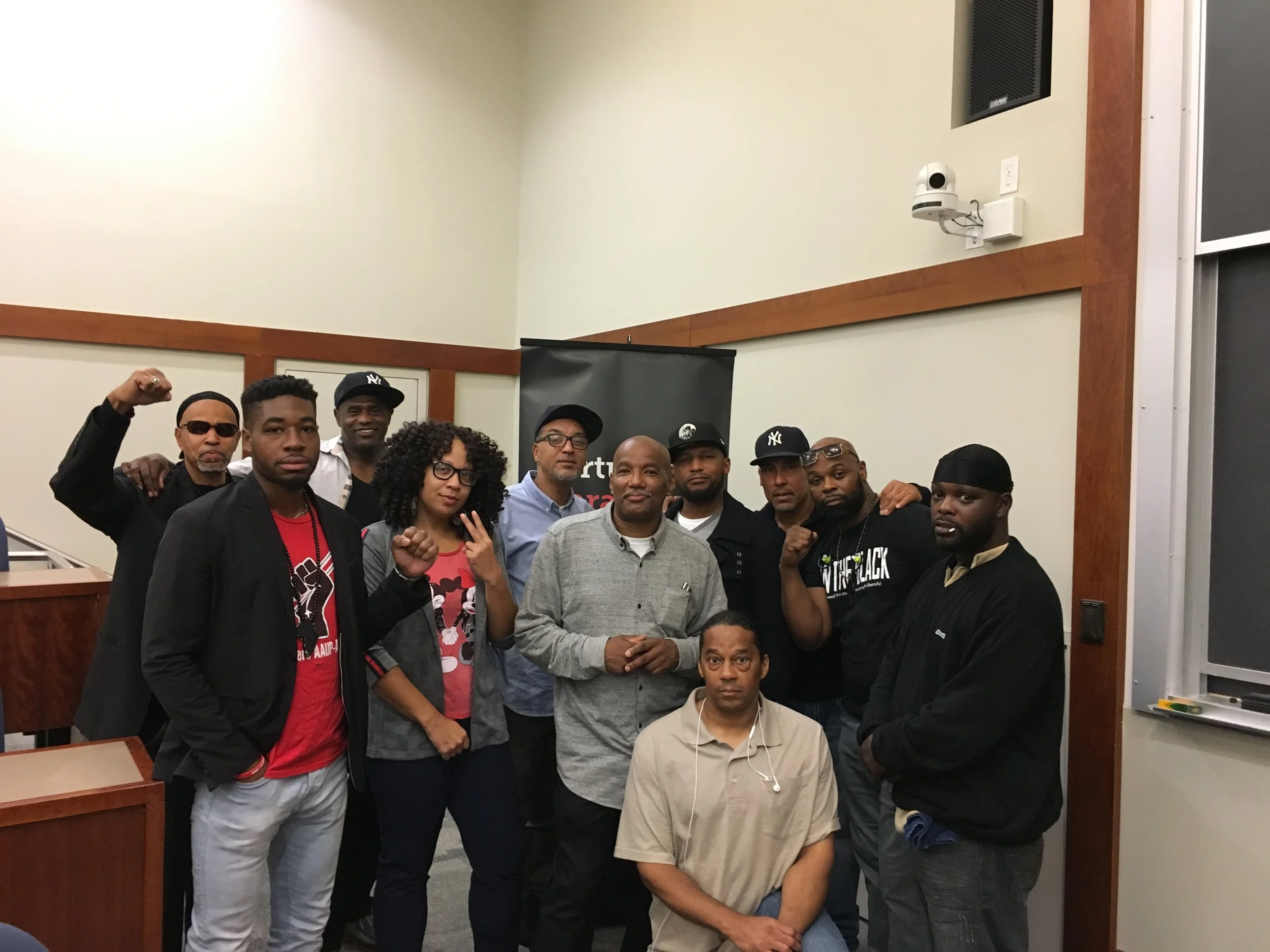On Saturday, October 6 survivors of solitary confinement from New Jersey and New York attended an all-day media training at the Columbia University School of Social Work.
“The US has about 100,000 people locked up in solitary. We account for half of the world’s population in isolation,” Johnny Perez, Director of U.S. Prisons Programs for the National Religious Campaign Against Torture, told the participants. “What this room has to offer is solutions.”
Among the day’s speakers were Marlon Peterson, host of the Decarcerated podcast, and Justice Rountree and Amos Caley of the New Jersey Campaign for Alternatives to Isolated Confinement (NJ-CAIC.)
“I never looked at myself as an inmate,” said Rountree. “I never looked at myself as an offender. I looked at myself as a prisoner held against my will.”
The day’s presenters highlighted the importance of survivors leading the work to end solitary confinement.
“Experience in the criminal justice system qualifies us to be an activist, an advocate, an analyst,” said Khalil Cumberbatch, Associate Vice-President of Policy at The Fortune Society. “I served six and a half years. That is my qualifier.”
NJ-CAIC is working to pass the Isolated Confinement Restriction Act (A.314), which would ban, with the exception of emergencies, isolation for more that 15 consecutive days, and no more than 20 days per 60-day period. It would also prohibit any member of vulnerable populations, as classified by clinical staff, from being placed in isolation. Vulnerable populations include people aged 21 and younger, people aged 55 and older, people with developmental disability, people with a disability based on mental illness, people with serious medical conditions, and people who are pregnant. For more information on A.314 and the movement to end solitary in New Jersey, please visit the NJ-CAIC website.
The New York Campaign for Alternatives to Isolated Confinement (NYCAIC) is advocating for passage of the Humane Alternatives to Long-Term (HALT) Solitary Confinement Act in the New York State Legislature. More information on NYCAIC’s work can be found on their website.


